Recently, while practicing my government-mandated social distancing in the middle of nowhere on dirtbikes, I noticed a friend of mine had a new 6D ATR-2, 6D’s latest dirtbike lid. I asked him what he thought of it, “Well, I haven’t worn it too much yet, but I thought I’d get the safest lid I could.” It would seem, for those in the know, that 6D has made a name for itself – within a relatively short time, with the company being founded in 2011 – with it’s Omni-Directional Suspension (ODS) technology making for a “safer” helmet. In what is becoming a sea of great offerings, 6D helmets started a revolution in terms of solutions to injuries from rotational impacts with its original ATR-1 off-road helmet.
ODS: Omni-Directional Suspension
The Omni-Directional Suspension system works to mitigate angular and linear accelerations and is said to provide superior low, mid, and high-velocity impact mitigation all the while simultaneously providing substantial ventilation with 13 transfer points. This is achieved by uncoupling the helmet’s shell and inner EPS liner. 6D helmets actually use two EPS liners separated by an array of hourglass-shaped elastomeric isolation dampers. These dampers are what allow the system to sheer and displace three-dimensionally when subjected to impact. The hourglass shape is said to provide “a progressive spring rate that manages low and mid-velocity accelerations, while simultaneously allowing the inner EPS liner to displace and shear in 3-dimensional space.” The inner EPS liner is also said to be softer to help absorb low energy impacts more efficiently. This is what piqued my interest. Helmets that are rated to absorb impacts up to 260 G’s can certainly help in high-speed crashes off-road, but a lot of times when riding in the dirt, you may be dealing with significantly lower speeds, and in that case, an incredibly stiff EPS liner isn’t going to absorb much impact at lower Gs.
“This omni-directional displacement capability of the EPS liners provides ‘six degrees of freedom’, which became the inspiration for our company name; ‘6D Helmets.’”
Construction
As one might expect from the technology housed within the ATR-1, it is heavier and bigger than the other four off-road helmets currently in my rotation. Weight-wise it’s five ounces heavier than my second-heaviest off-road lid, a Klim F5 Koroyd, and weighs in at 3 pounds 7.6 ounces (1576 grams) on my home scale. To be honest, after a day of using the helmet during technical riding or more high-speed jaunts, the size and weight hasn’t bothered me. I was reminded of the size difference between the 6D and other helmets again when I went to stuff the ATR-1 into another brand’s helmet bag. It fit, but barely, whereas the helmet that came with the bag slides in with some room to spare.
After considering the size and weight, there really isn’t anything to complain about. The construction of the helmet appears spot on with other premium helmet manufacturers. The carbon/Kevlar/fiberglass composite shell helps keep the helmet lighter than it otherwise could be.
Internally, the removable CoolMax antibacterial liner feels nice against the skin, and in terms of fit, I couldn’t ask for a better lid. I consider myself to have an intermediate head shape, so I fit in many standard models of helmets offered in the US. The medium ATR-1 fits me spot on. Comfortably snug when I put the helmet on for the first time – important as helmets tend to break in a fair amount once used – I feel secure in the 6D ATR-1.
The ATR-1 has a removable peak with three plastic screws holding it in place which are designed to shear off in the case of an impact. The rubber nose guard helps deflect any roost that is launched your way and even with the nose guard removed from my goggles, I never had an issue with dirt or rocks finding their way past it. Forehead and chinbar vents are routed over the head and out of the upper and lower exhaust vents found on the back of the helmet.
Additional safety features are found with the emergency release cheek pads, clavicle cutouts on each side, and sternum pad on the underneath side of the chinbar. These extra well-thought-out features are a testament to the level of detail that has gone into the ATR-1 before the helmet hit the market in 2013.
Yes, this helmet has been around for seven years, and 6D has since released its ATR-2 model, which they claim has even better performance ratings in impact testing. Still, the ATR-1 is a great option for those looking to wrap their heads in 6D’s technology. In fact, 6D has lowered the price on the ATR-1 – from the original $745 to $495. The ATR-1 exceeds DOT, ECE, ASTM, AU, and AC helmet standards. Available in a myriad of colors, the Fuse Neon Yellow here is on sale, with a handful of other graphics on 6D’s website at time of publishing, for $399.95.
I’m looking forward to logging plenty more miles in the ATR-1 with the peace-of-mind that, if it comes down to it, the helmet will do its job.
We are committed to finding, researching, and recommending the best products. We earn commissions from purchases you make using the retail links in our product reviews. Learn more about how this works.
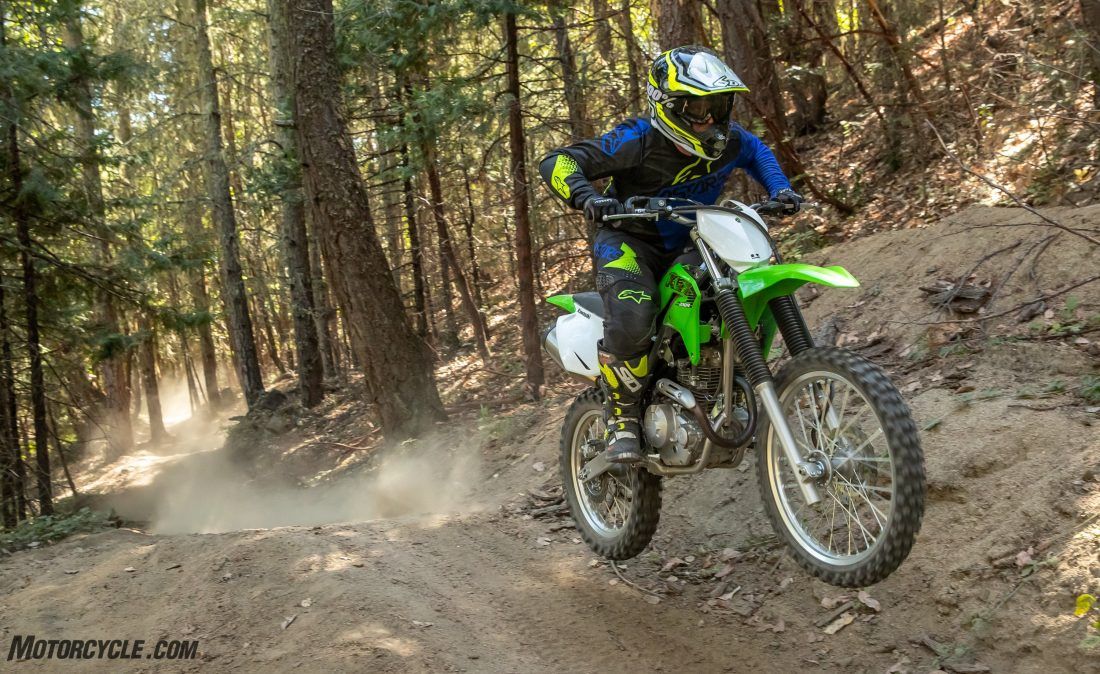
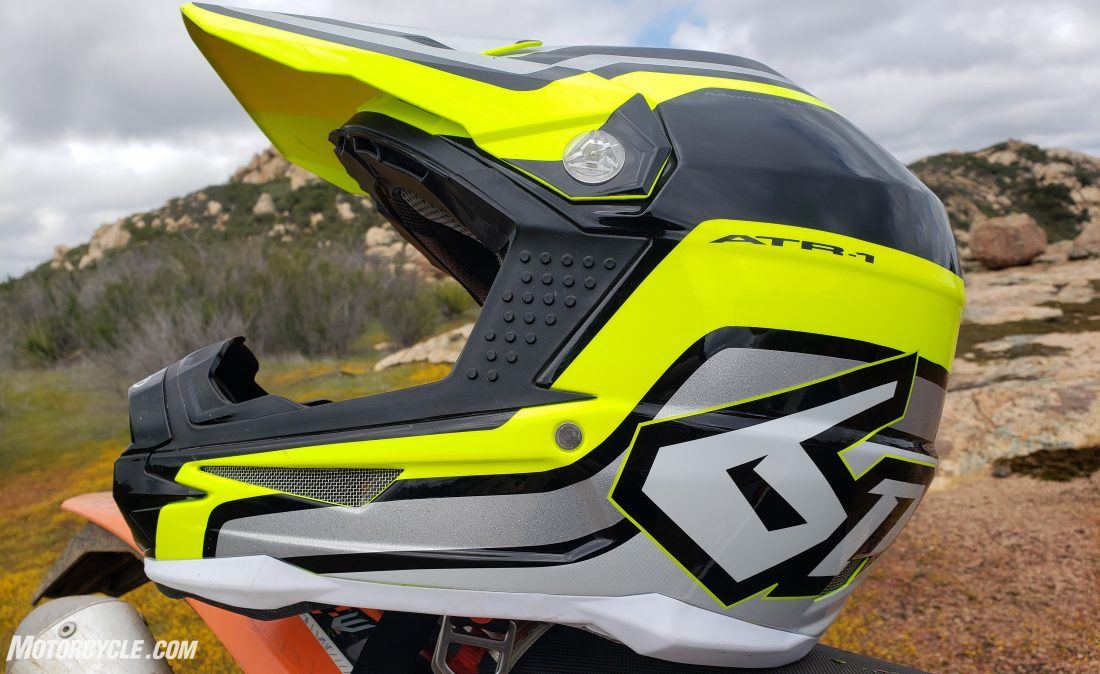
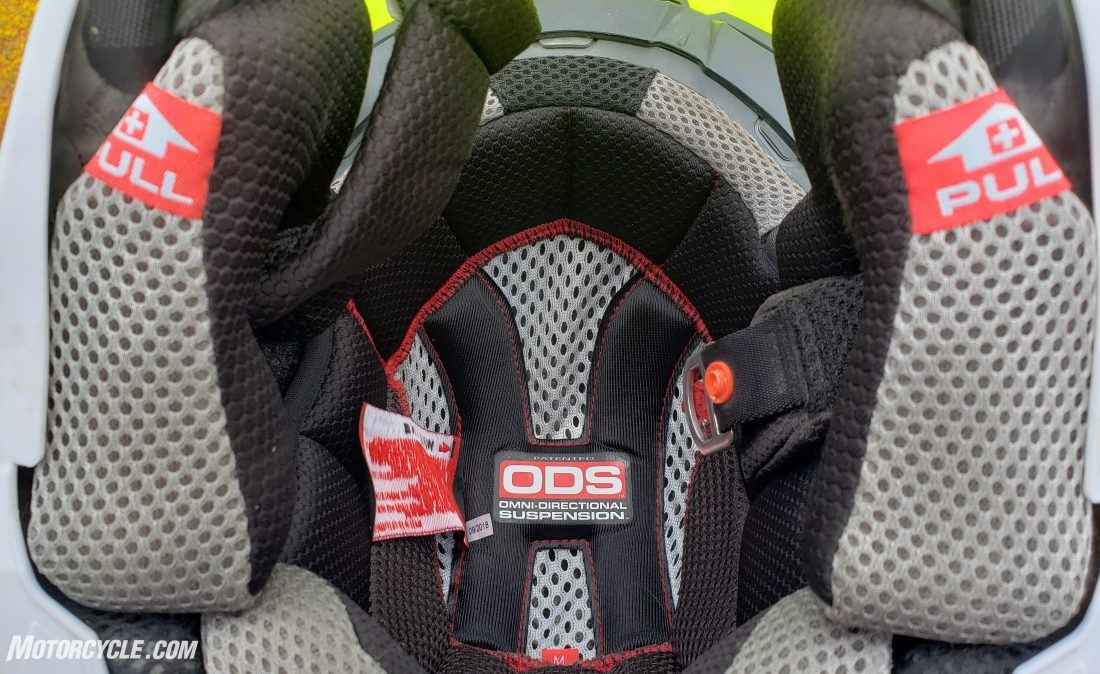
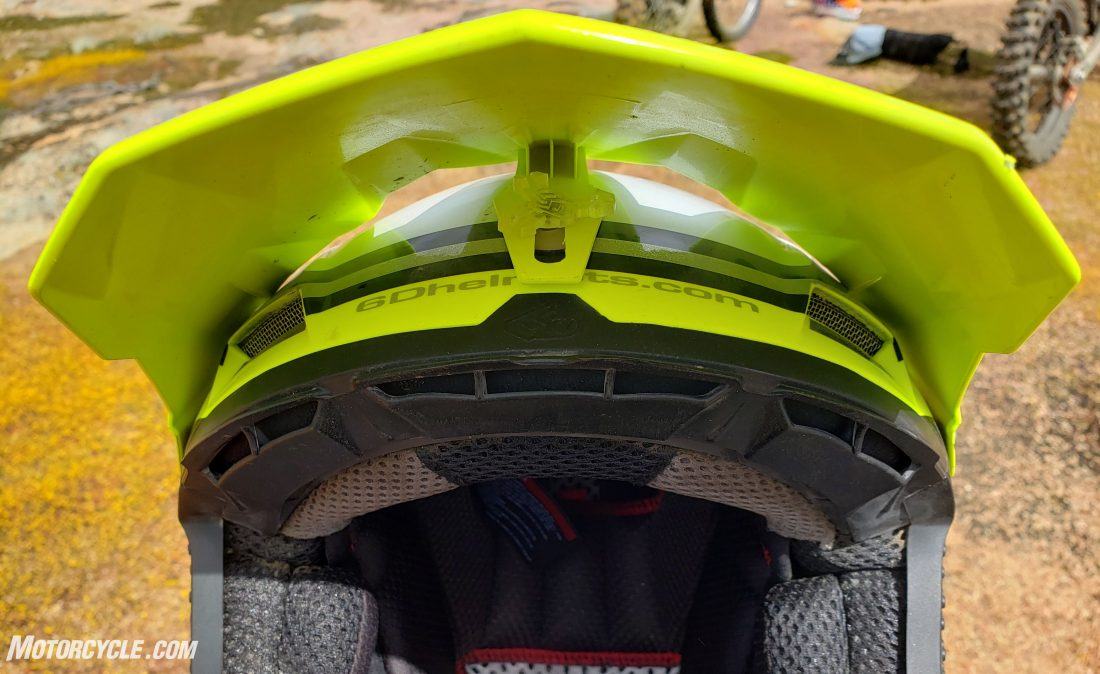
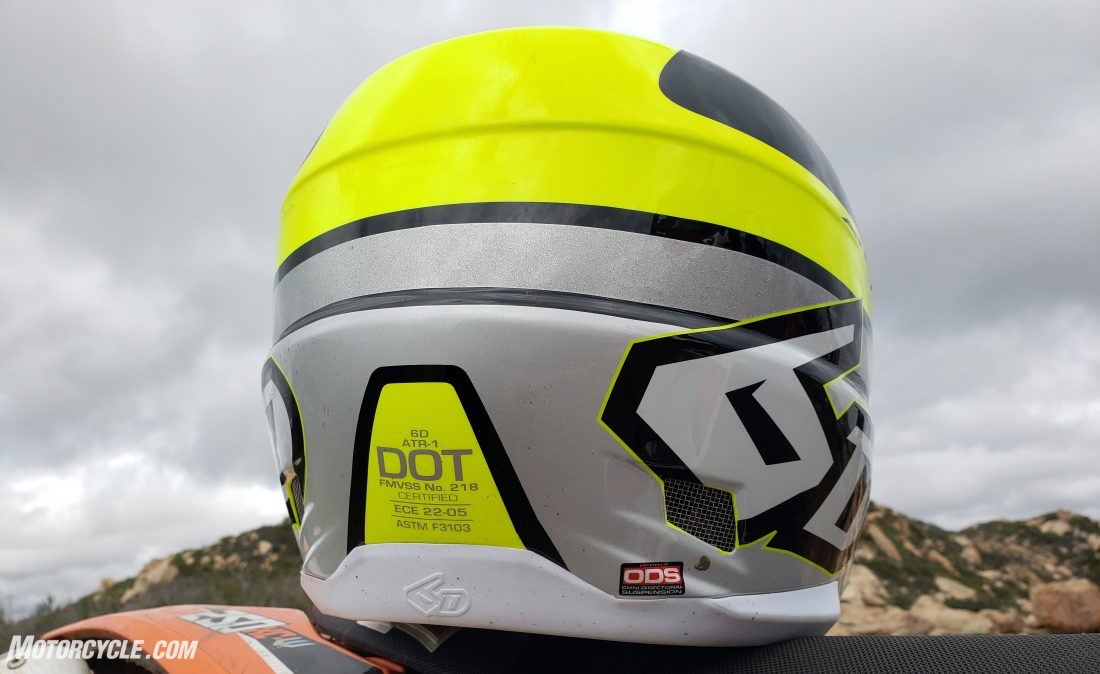
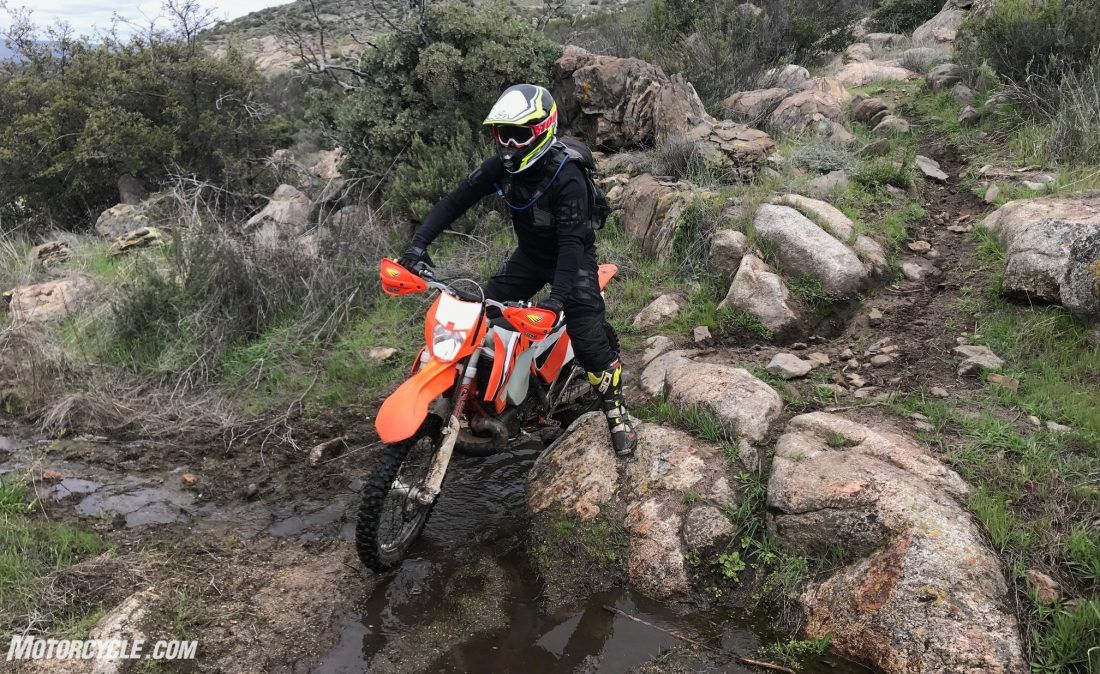
 Your Privacy Choices
Your Privacy Choices